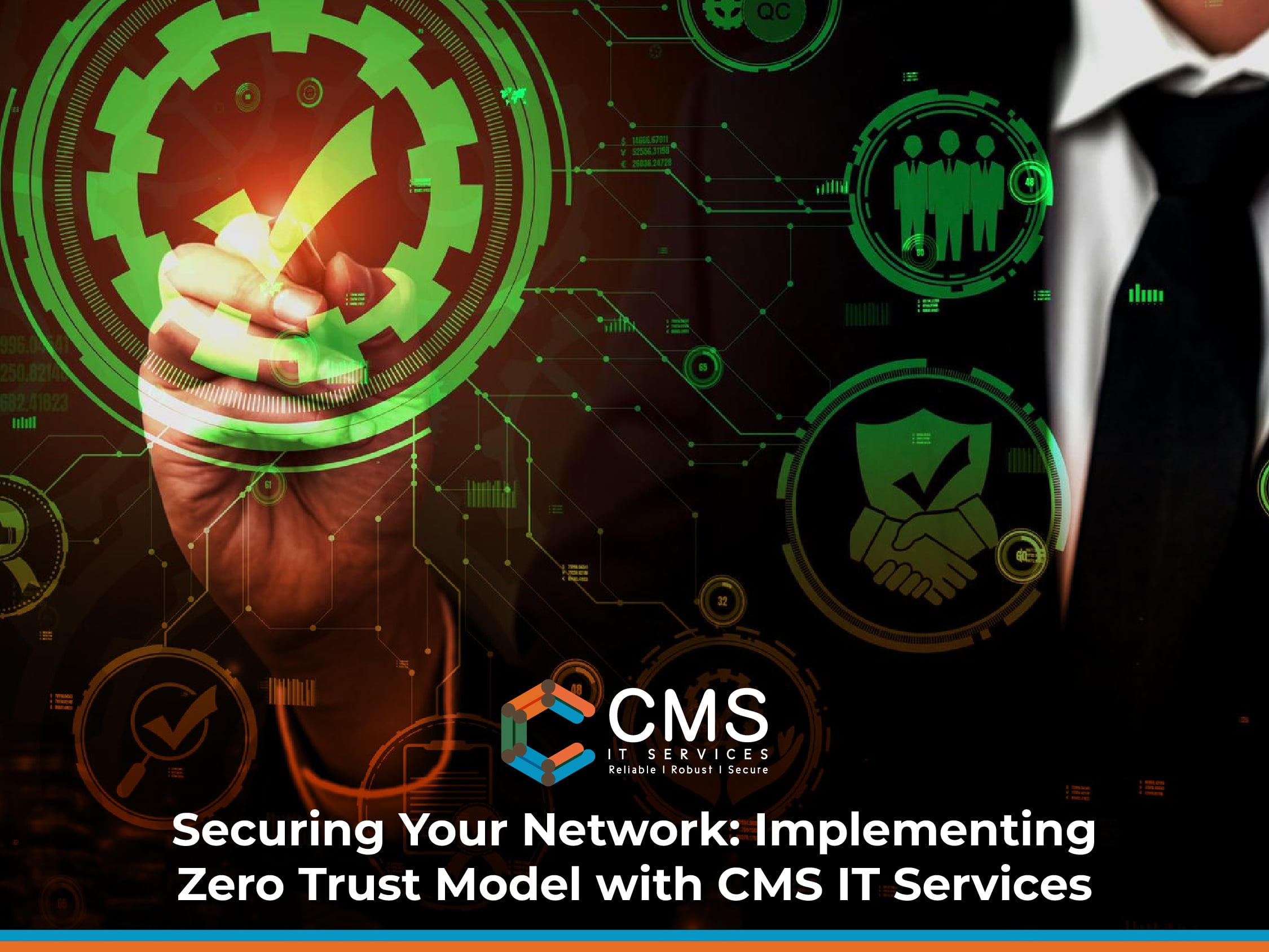In the ever-evolving landscape of cybersecurity, one term has been gaining significant traction: Zero Trust Security Model. Spearheaded by CMS IT Services, this revolutionary approach is reshaping how organizations safeguard their digital assets in an era rife with sophisticated cyber threats.
Understanding Zero Trust Security
Gone are the days when traditional perimeter-based security measures provided adequate protection. With the proliferation of cloud services, remote work, and interconnected systems, the concept of trust has become increasingly obsolete. Zero Trust Security operates on the premise that organizations should not inherently trust any entity, whether inside or outside their network perimeter.
Key Principles of Zero Trust
Embracing the Zero Trust Security Model involves adhering to several core principles:
Verify Every Device and User: Gone are the days of implicit trust. Every device and user attempting to access the network must undergo rigorous verification processes to ensure their legitimacy.
Least Privilege Access: Rather than granting broad access privileges by default, Zero Trust advocates for granting the minimum level of access necessary for users and devices to perform their tasks.
Micro-Segmentation: Networks are segmented into smaller, more manageable zones, limiting the potential impact of a breach and restricting lateral movement by malicious actors.
Continuous Monitoring and Analysis: Constantly monitor network traffic, user behavior, and access patterns to detect anomalies and potential threats in real-time.
Benefits of Zero Trust Security
Implementing a Zero Trust Security Model yields a plethora of benefits for organizations:
Enhanced Security Posture: By assuming a stance of perpetual vigilance, organizations can significantly reduce their attack surface and mitigate the risk of data breaches and cyber-attacks.
Adaptability to Modern Work Practices: With the rise of remote work and cloud computing, Zero Trust provides a flexible security framework that accommodates these trends without compromising on protection.
Compliance and Regulatory Alignment: Many regulatory frameworks, such as GDPR and HIPAA, emphasize the importance of data security and access controls, making Zero Trust a natural fit for compliance efforts.
Future-Proofing Against Emerging Threats: As cyber threats continue to evolve, Zero Trust Security provides a proactive approach that anticipates and mitigates new attack vectors before they can be exploited.
Conclusion | Zero Trust Security
In today’s hyper connected world, traditional security paradigms are no longer sufficient to protect against sophisticated cyber threats. By adopting a Zero Trust Security Model, organizations can fortify their defenses, minimize risk, and stay ahead of the curve in an increasingly hostile digital landscape. Partnering with CMS IT Services to implement this groundbreaking approach ensures a robust security posture that withstands the test of time.
